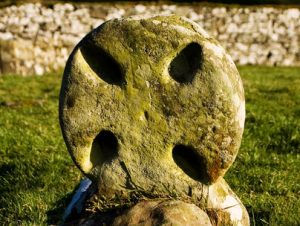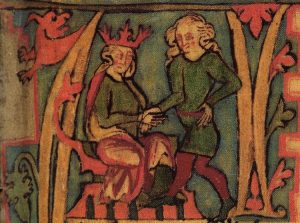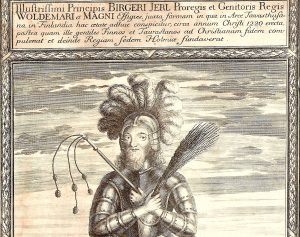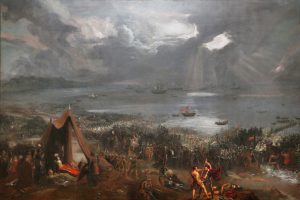
Aud the Deepminded, Daughter of Ketill, Flees Scotland with her Grandchildren
Accounts conflict as to why Ketill (Björnsson) Flatnose, a Viking chieftain from Romsdal and the father of his “tall and portly” yet wisely regal second daughter, Aud the Deepminded, left Norway for the Hebrides (Suðreyjar) in the years of Harald Fairhair’s rise to power.
Read More
King Harald Fairhair Unifies and Scatters Norway at the Battle of Hafrsfjord, 872
Harald I Fairhair (Harald Hårfagre, c. 850-c.932) the legendary and handsome heir to the Vestfold (Oslo) branch of the long-lasting Yngling dynasty, was ten years old when he became king following his father Halfdan the Black’s accidental death.
Read More
Birger Jarl, Treaty of Lödöse, and the Swedish Crusade in Finland, 1249
The twelfth-century Gesta Danorum (Deeds of the Danes) by Zealand scribe Saxo Grammaticus chronicles ancient hostilities between Vikings and Finnish tribes living between the Arctic and Baltic seas. However, the earliest relatively verifiable account of the Second Swedish Crusade against the Tavastians – a people who lived beyond the southwest Finns proper (Egentliga Finnar) region of Turku – appears in the anonymous fourteenth-century Erik Chronicle (Erikskrönikan).
Read More
Dublin’s King Sigtrygg Silkbeard and the Battle with Brian Boru at Clontarf, 1014
The legendary Battle of Clontarf at Dublin (Ath Cliath) in 1014 – instigated in part by the king of that realm, Sigtrygg Silkbeard Olafsson (c. 970-1042) – is known for fracturing Viking rule in Ireland but a litany of noblemen and kings on both sides were slain there – including Ireland’s elder high king Brian Boru.
Read More
Inge the Elder Destroys the Temple at Uppsala
Despite a lack of direct evidence, historians tend to agree that the Swedish King Inge the Elder (c. 1051-c. 1110) – devout son of the Christian King Stenkil – destroyed the legendary Viking temple at Uppsala sometime in the 1080s. This consensus is based on events surrounding his life and feud with his brother-in-law Blot-Sven – otherwise known as Sweyn the Sacrificer.
Read More